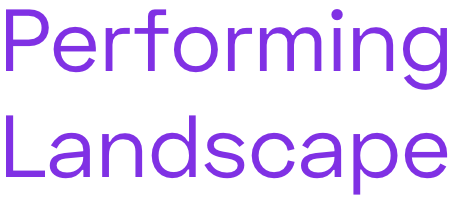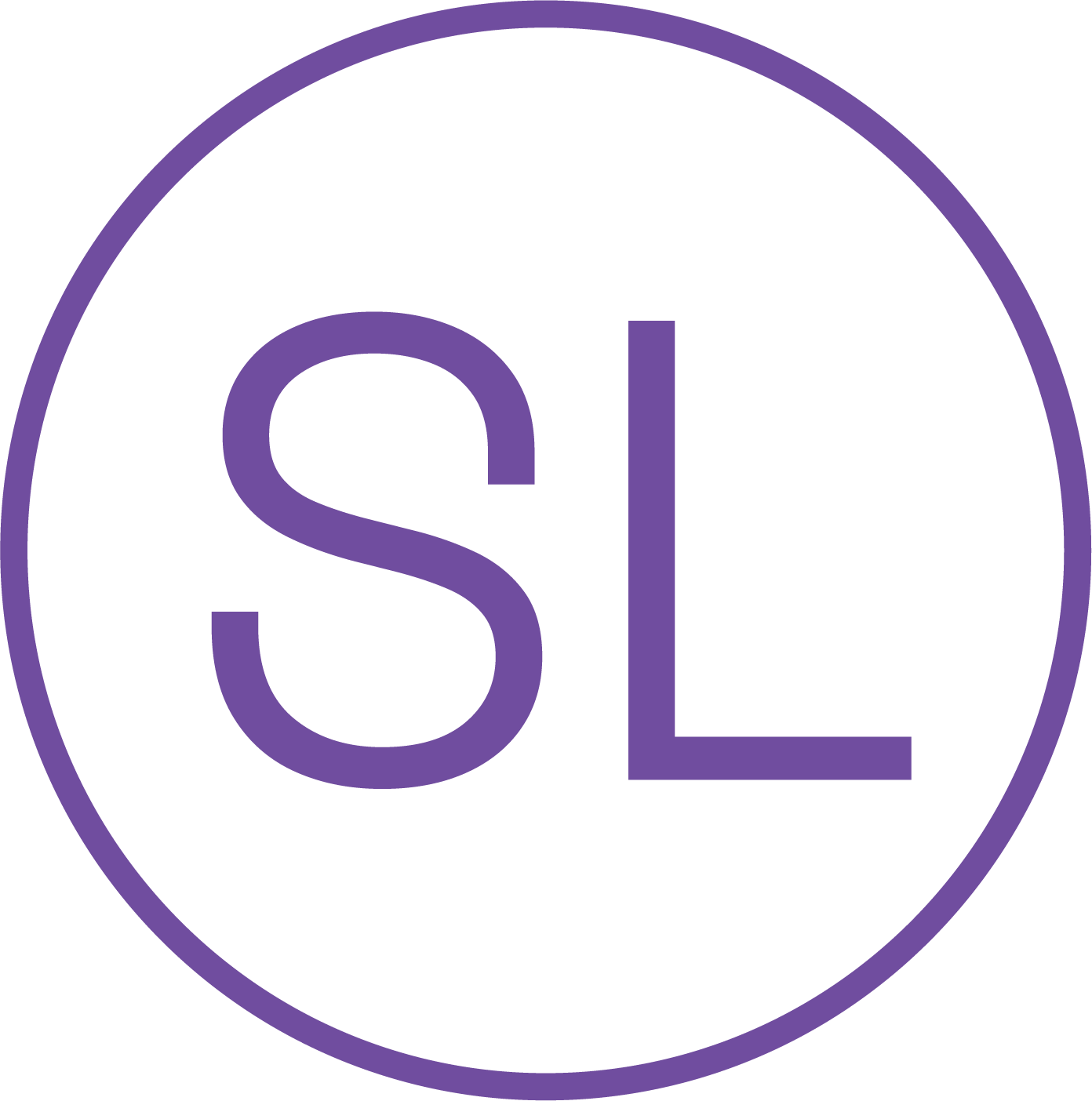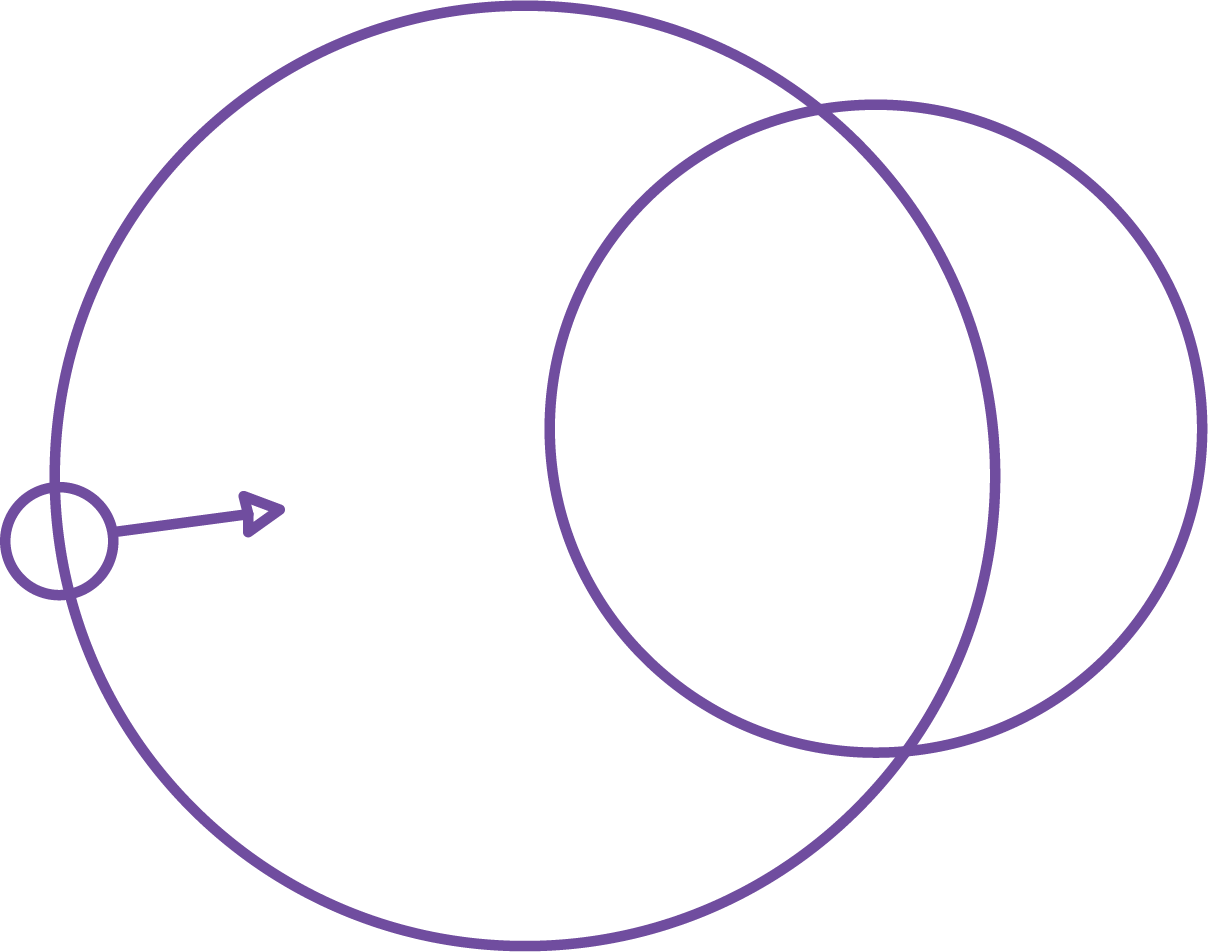Exploring the landscape
Event
A walk through the Sonnenpark with scientists and artists from the "Performing Landscape" project
with Leila Chakroun, Amaranta Fontcuberta, Karin Harrasser, Emanuele Regi, Joana Braga, Maja Simoneti, María Auxiliadora Gálvez, Caroline Barneaud and Stefan Kaegi
May 11th 11:30 - 1pm at Sonnenpark, St.Pölten
An interdisciplinary group of six European scholars offered together itinerant mini-lectures in the form of a stroll in the urban park “Sonnenpark” in St.Pölten (Austria). The event (11th May 2024) was conceived in the frame of the seven-art-piece project “Shared Landscapes”, characterized its immersive walk in-between forests, farmlands and meadow clearings punctuated by art performances and installations.
Touring over the diversity of European landscapes, from Lausanne to Lisbon, passing by Avignon, Berlin, St-Pölten, Girona, Ljubljana and Milan, Shared Landscapes invited the audience to experience landscapes through a theatrical prism, and to experience theater within the landscapes. For each location, a group of local scholars from different disciplines (philosophy, history of art, environmental humanities, biology, somatics and architecture) was formed to accompany the creative process and complement the artistic proposal with a scientific counterpoint.
Six of the scholars gathered at the occasion of the “Tipping Time” event of Tangente Festival für Gegenwartskultur in St-Pölten, happening just after the showing of Shared Landscape in Pyhra. Lausanne-based scientist Leila Chakroun was in charge of the coordination of the gathering together with Chloé Ferro (Rimini Protokoll) and Claire Grainier (Tangente Festival) and under the supervision of the curator Caroline Barneaud. The intention was to share on perspectives, and to co-create an innovative event, which took the shape of a “miniature version” of Shared Landscapes, in the periurban setting of Sonnenpark.

The one-hour-and-a-half walk started with a short introduction by Shared Landscapes’ curators Caroline Barneaud and Stefan Kaegi, inviting participants (about 30 people) to stroll together and discover the park through the six immersive proposals. The six scientists had each chosen a place within the park that was either echoing or contrasting the content of their respective talk.
The first stop was under the canopy of old and tall trees. Joana Braga made a speech on the need to differently apprehend landscapes and invited participants to close their eyes and walk in pair in the small woods, to deploy sound and haptic access to naturecultural milieu. Her lecture was given from a position framed by a composition made by the branches of two trees and logs lying on the ground, reminding the set of classical a puppet show, where she would be the puppet, and the trees might be the ones pulling the strings.


The second spot was near a small bridge connecting to the other side of the park and consisted of an invitation of a “somatic coalescence” by María Auxiliadora Gálvez. The intention was to reveal the continuity that our bodies have with the environment even if we are not always conscious about it. She provided gentle guidance through several somatic experiences, in which oneusing reflective materials, enabl ing to see and interact differently with the surroundings.
Then, crossing the bridge, we arrived in a forest clearing, where Emanuele Regi shared how immersive performing arts allow to re-think the agency of both the spectators and the landscapes and lead towards co-created performing ecosystem, made of humans and the more-than-human. He also questioned the importance to investigate what experiences spectators had during the show, and if it allowed to transform their view of the landscape.


The stroll then continued until a small “beach” along the riverbank. A series of colourful maps were hanging here and there on the branches. Leila Chakroun and Amaranta Fontcuberta presented how they created those maps, in an intention to multiply the possible representations of landscapes, by adding and overlapping layers of biological and anthropogenic data (sound, non-human presences, pathways,…). The themes of the maps were inspired by the interviews and testimonies of each of the Shared Landscapes’ artists/art companies.
The last lecture took place around a large piece of flat rock, located just in front of the hedge marking the border of the park. Karin Harrasser stood on it to open questionings on the limits of landscape and somatic experience to apprehend some of the urgent problems of the Anthropocene. She highlighted that the aim of producing an ecologically attuned piece of art enters conflictual constellations that are related to landownership and competing ideas of land-use. In that sense, a theater-performance as part of a festival is an invasion; it is a humble one, done with utmost carefulness, but still: it transforms a nature-cultural-constellation in a landscape for a whileand-use. In that sense, a theater-performance as part of a festival is an invasion; it is a humble one, done with utmost carefulness, but still: it transforms a nature-cultural-constellation in a landscape for a while.

The stroll allowed to bring out the diversity
of possible answers to the questions:
How can we approach the landscape without simultaneously creating a distance to it?
What if art did not imitate nature, but instead made it possible to experience it differently ?
How can we approach the landscape without simultaneously creating a distance to it?
What if art did not imitate nature, but instead made it possible to experience it differently ?
















